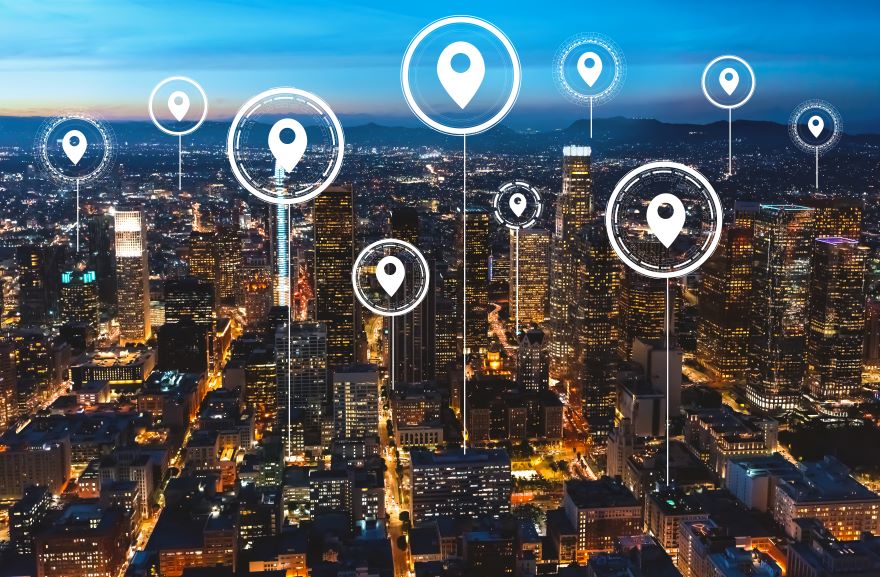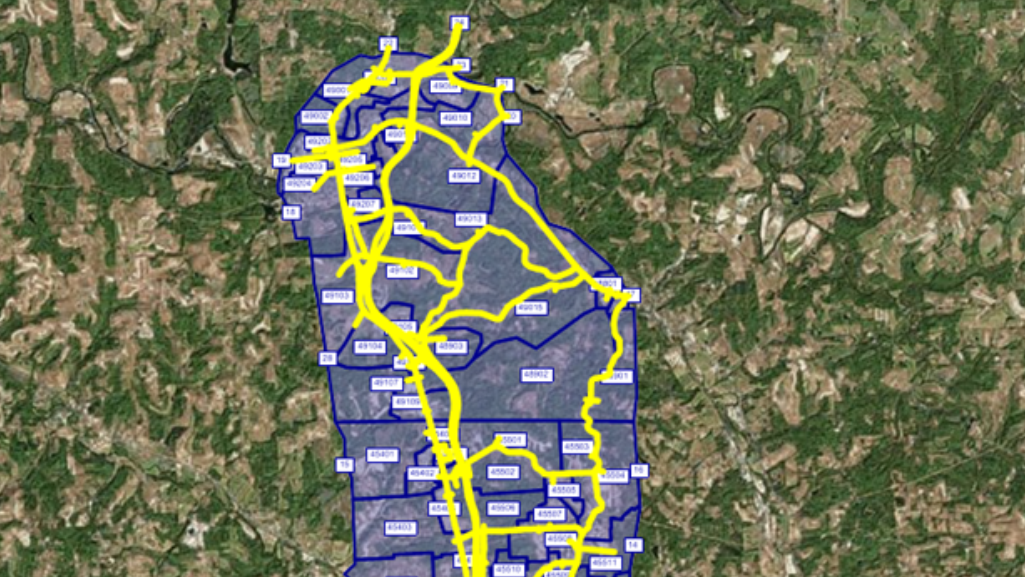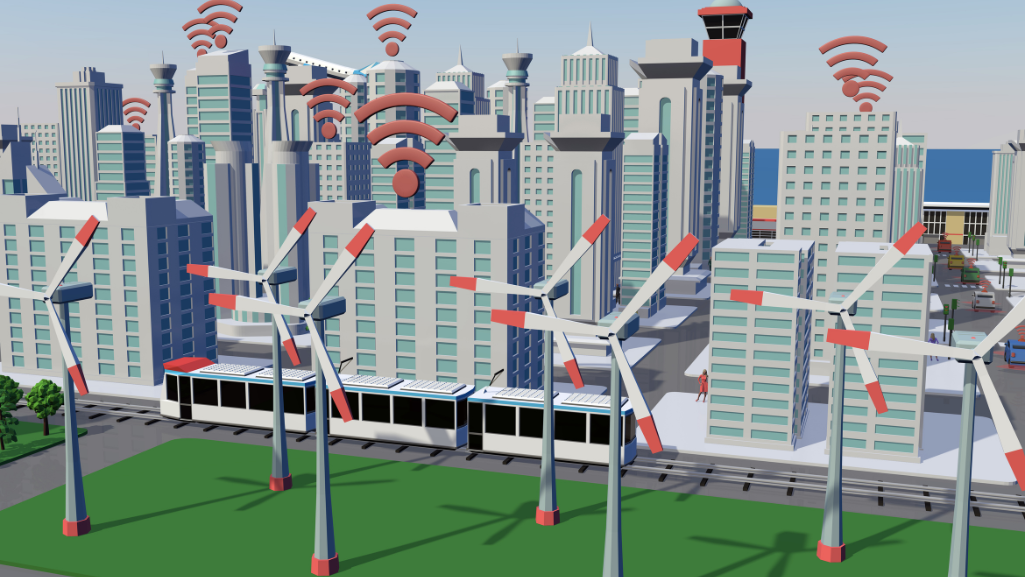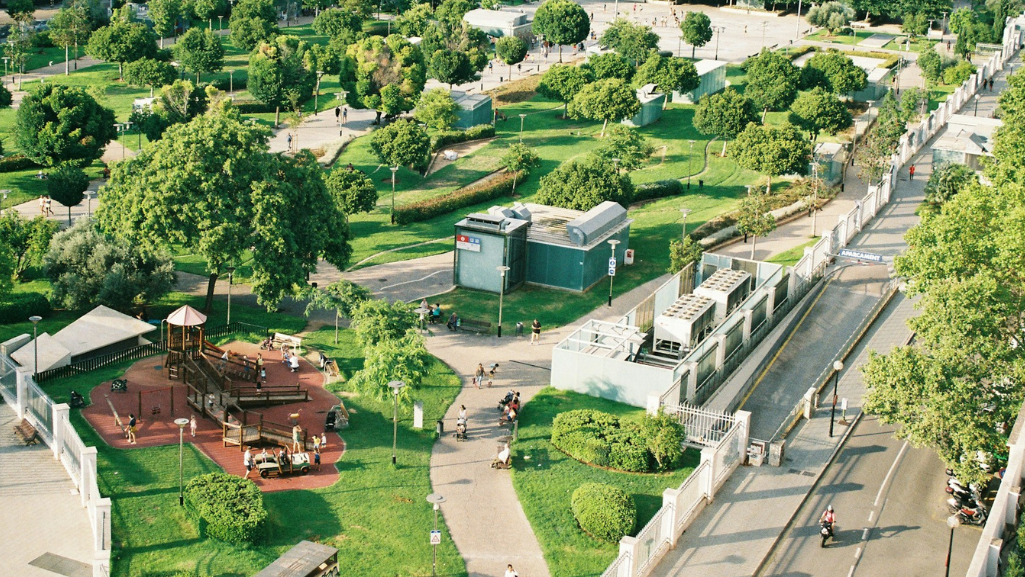Artificial Intelligence (AI) in transportation is revolutionizing the mobility industry, leading to significant improvements in efficiency, safety, and convenience. To achieve this, machine learning is becoming more common in many sectors of transportation and mobility.
Scientists have been researching AI for decades. In the past few years, advancements in machine learning have sped up the adaptation of AI in many areas, including transportation and mobility.
So how can mobility planners and operators – and above all the public – benefit from AI in transportation? Here are a few examples.
AI and autonomous vehicles

One of the key transportation areas where AI is making an impact is autonomous vehicles. Self-driving cars have the potential to reduce accidents caused by human error and improve overall traffic flow. Many major car manufacturers and technology companies are currently developing autonomous vehicles, with some already testing them on public roads.
In many cases, developers train AI control algorithms to reproduce the behavior of experienced drivers navigating through surrounding traffic. PTV Group, for example, collaborates with AI developers in projects like CoExist to ensure that autonomous vehicles behave the same in PTV’s traffic simulation products.
“There is a touch of irony”, says Klaus Noekel, a mobility and AI expert at PTV Group, “for decades, developers worked on reproducing human driving behavior, with all its little imperfections. Now we realize that we must remove most of the human effects again, because AI simply does not accelerate or brake too much”.
Autonomous self-driving cars would have to be widely adopted for smart roads to unlock many of their benefits. At the moment, the public is a bit skeptical about handing over the steering wheel to artificial intelligence. The gridlock in regulations and legislation reflects public distrust.
AI in traffic management systems
AI is also being used in traffic management systems to optimize traffic flow and reduce congestion. By analyzing real-time traffic data, AI algorithms can adjust traffic signals and reroute vehicles to less congested roads, reducing travel time and fuel consumption.
Intelligent traffic management is already implemented successfully. Cities like Taichung, Vienna, York, or Rome already rely on PTV’s real-time solution which combines machine learning techniques with dynamic traffic modeling.
This software solution, PTV Optima, helps operators to make reliable traffic forecasts up to 60 minutes in advance and identify the best scenarios to manage congestion, road closures and construction sites. Smart traffic management enables operators to quickly react to changing conditions. This can prevent or mitigate traffic jams and congested roads, even before they happen.
In the case of PTV Optima, says Noekel, “AI helps do an even better job by monitoring traffic volumes in many locations across the network. AI helps traffic controllers to spot abnormal traffic conditions. It bases its forecasts on similar past traffic situations”.
Eco-friendly mobility is often powered by AI and smart technology. The aim is to obtain and process data and improve how transportation systems work and interact with each other. If these systems were implemented more often, we could experience their immense benefits.

AI in shared mobility
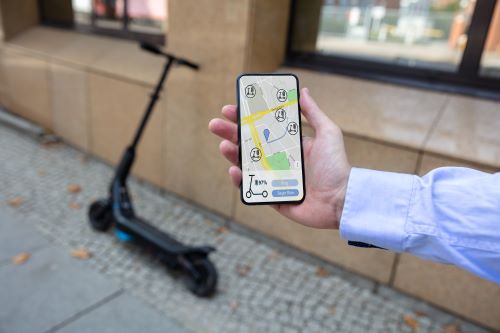
For mobility-on-demand services, AI can optimize the deployment of shared vehicle fleets and improve the user experience of passengers.
By analyzing data on passenger demand and traffic conditions, AI algorithms can predict passenger demand up to one hour ahead. Idle vehicles are then sent to future demand hotspots, just in time to pick up passengers. This reduces waiting times and detours.
“In this case, AI beats conventional time series analysis”, says Noekel, “neural networks not only look at the temporal evolution of demand, but they can also discover spatial patterns: often the demand in one neighborhood is correlated with that in adjacent parts of the city”.
Use AI to optimize mobility in your city
Try PTV Group’s powerful machine-learning
AI in transport logistics
Another area where AI is making a difference is in logistics and supply chain management. By analyzing data on shipping routes, traffic patterns, and weather conditions, AI algorithms can optimize delivery routes, reducing fuel consumption and emissions.
Will logistics companies soon replace their human dispatchers for AI-powered transport planning software? The answer is clearly No. Routing and scheduling software uses algorithms to calculate routes. But not all variables, restrictions and conditions can be mapped by algorithms.
Software also does not consider exceptions and spontaneous deviations. This is where dispatchers come into play with their knowledge and experience.
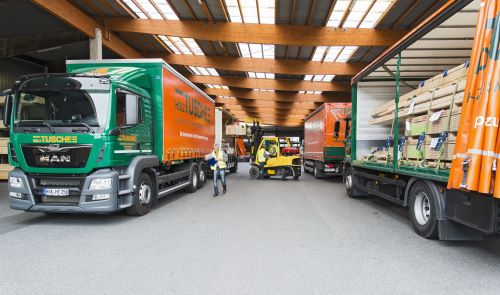
Future of AI in transportation

Overall, AI is transforming the transportation industry, making it more efficient, safe, and convenient for everyone. While there are still challenges to be overcome, such as the need for more data and the development of robust regulations, the benefits of AI in transportation are clear and will continue to grow in the future.
But there is a huge room for growth. Christian U. Haas, the CEO of PTV Group, recently said in this blog that “today’s availability of big data is so far largely untapped, so there is massive potential. Not only in terms of machine learning and AI, but also in data analytics and visualization”.
He added, that “at PTV Group, we are working on a series of new dashboards to be released soon, that will deliver easily accessible mobility insights to cities. Last December, we released the first dashboard, PTV Access, to visualize the accessibility and mobility scores in German cities. Such tools empower city stakeholders to shape sustainable and inclusive urban environments focused on the citizen’s needs.”
In conclusion, AI is a powerful tool that can help us to create a better transportation system that is safer, more efficient, and more sustainable. With continued research and development, we can look forward to a future where transportation is more accessible, convenient, and green.
Be prepared for modern mobility
How smart solutions are transforming transportation systems and helping cities prepare for a more resilient and connected future
Download the white paper “Smart Mobility Solutions”
